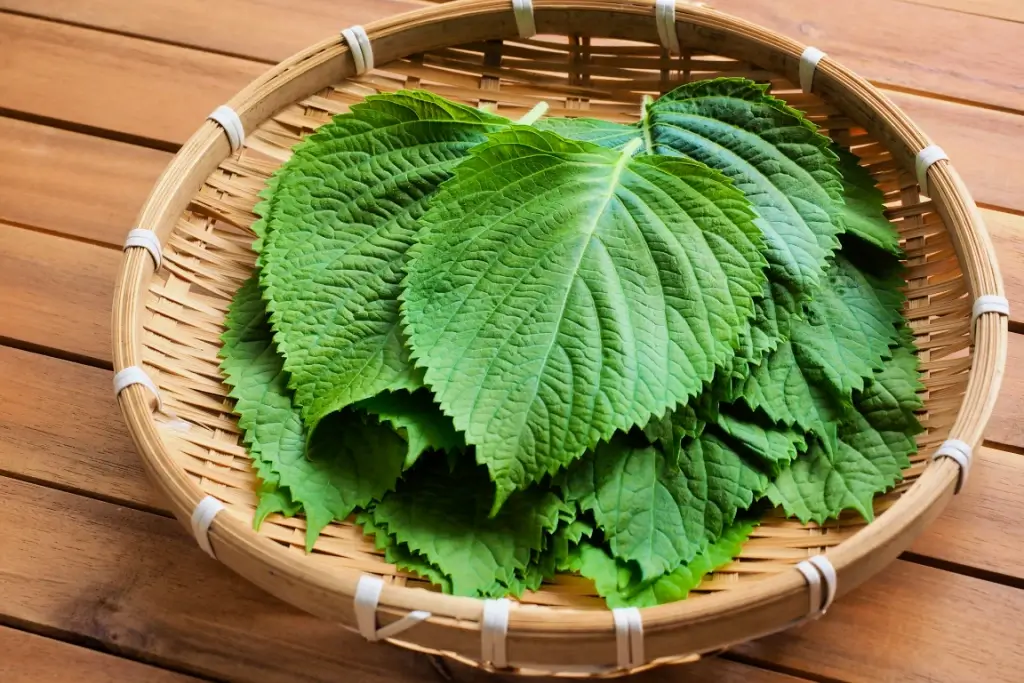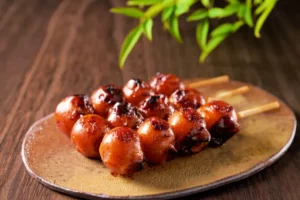People first used the perilla herb in Southeast Asia in 500 CE. Traditional healers used it as a remedy for coughs, colds, allergies, and even food poisoning. People continue to use it as a traditional medicine today.
Culinary experts most popularly use it as a condiment, believing it promotes appetite. Chinese traders introduced perilla to Japan in the 8th century, and Japanese farmers have widely cultivated it across the country since then. Nagano, Kagoshima, and Fukuoka Prefectures, are all big producers.

Yamagata Prefecture exports it to other countries, and Aichi Prefecture produces over 3000 tons annually—almost 40 percent of all the perilla produced in Japan. People grow this popular herb in gardens nationwide and almost always eat it together with ume (plum). Today, we’ll examine the connection between perilla, shiso, and ume and some familiar dishes people use.
Table of Contents
ToggleWhat is perilla?
Perilla (shiso, 紫蘇 in Japanese) belongs to the mint family of plants known as Lamiaceae. Botanists most commonly use Perilla frutescens (sometimes called “Korean perilla”) in Asian cuisines and traditional medicine. Perilla leaves generally have pointed tips and jagged edges, but the plant’s appearance varies even within the species. The variety frutescens var. crispa has red leaves on both sides.
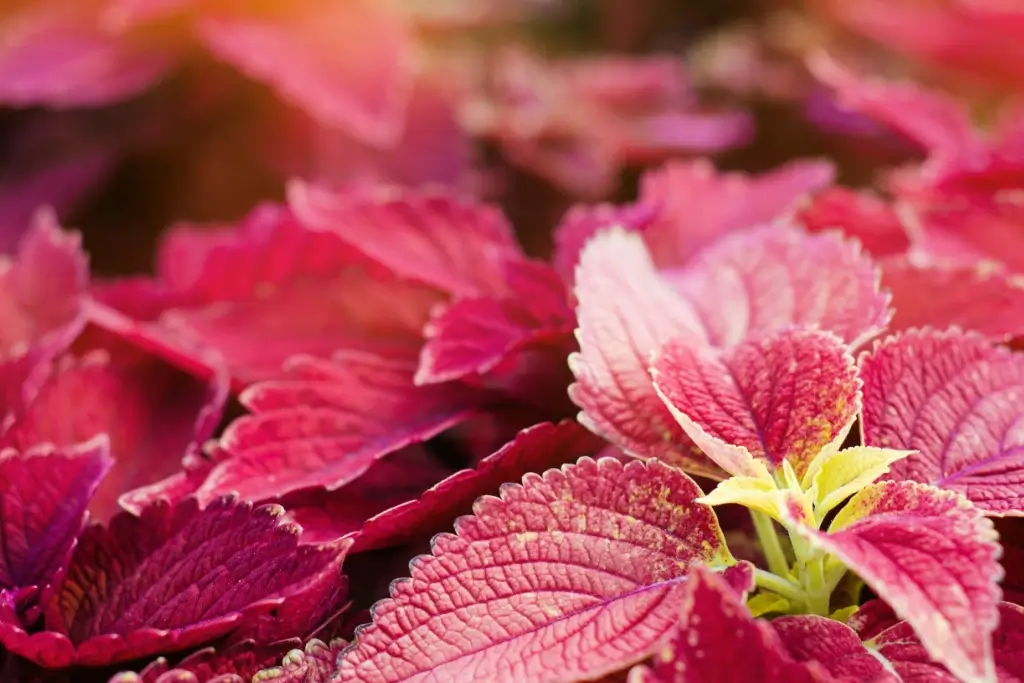
Other varieties can have green leaves on both sides or even a combination. In Japan, they are all known as shiso and have different uses. The red types are most suitable for umeboshi (pickled plums). The green types are a staple garnish for sashimi (raw fish). Whatever the variety, its distinctive minty, basil-like taste is unmistakable. This herb can be eaten raw, stir-fried, ground, dried, crushed, and even consumed as a drink. Its versatility makes it an essential ingredient in many Japanese dishes.
Are you looking for snacks that may feature ume shiso? Check out Sakuraco! Sakuraco delivers traditional Japanese snacks, teas, and sweets from local Japanese makers directly to your door so you can enjoy the latest treats directly from Japan!
What is ume shiso?
Ume shiso is a traditional condiment with an intense sour and salty taste. Plums (Prunus mume) are pickled in salt to prepare it. Then, red shiso leaves are added to give the plums a red-orange color. The fresh flavor of the crispa leaves combines well with the tartness of the pickled plums.
Mazegohan
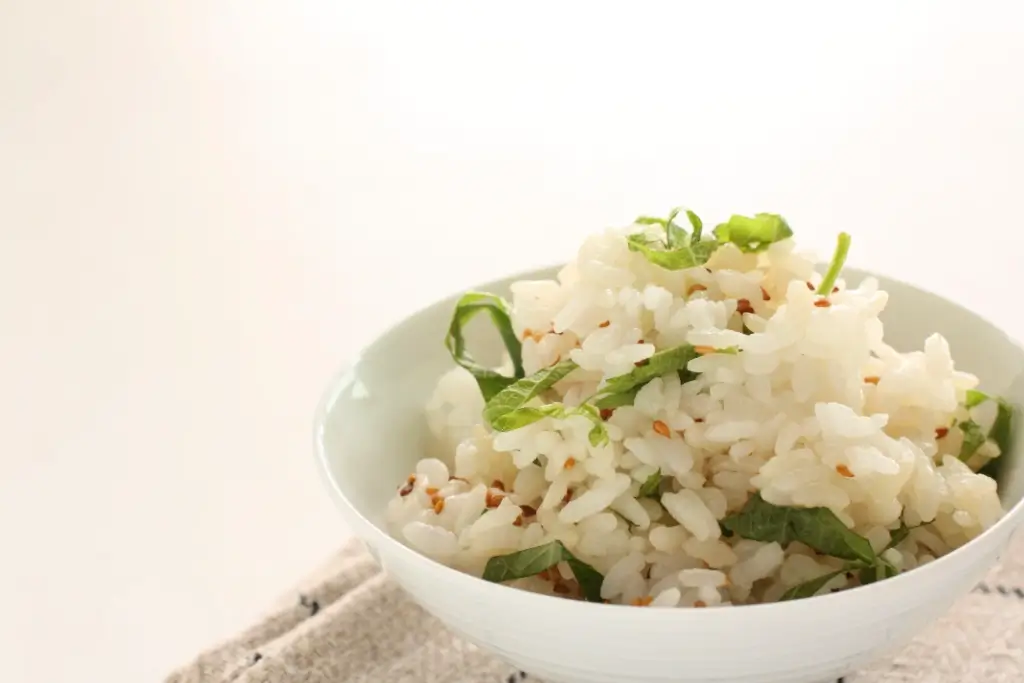
Mazegohan (“mixed rice”) is a mixture of chopped umeboshi, shiso leaves, and steamed rice. Chefs garnish the dish with toasted sesame seeds. People often serve this simple dish alongside grilled fish. Its ease of preparation makes it a household favorite.
Onigiri
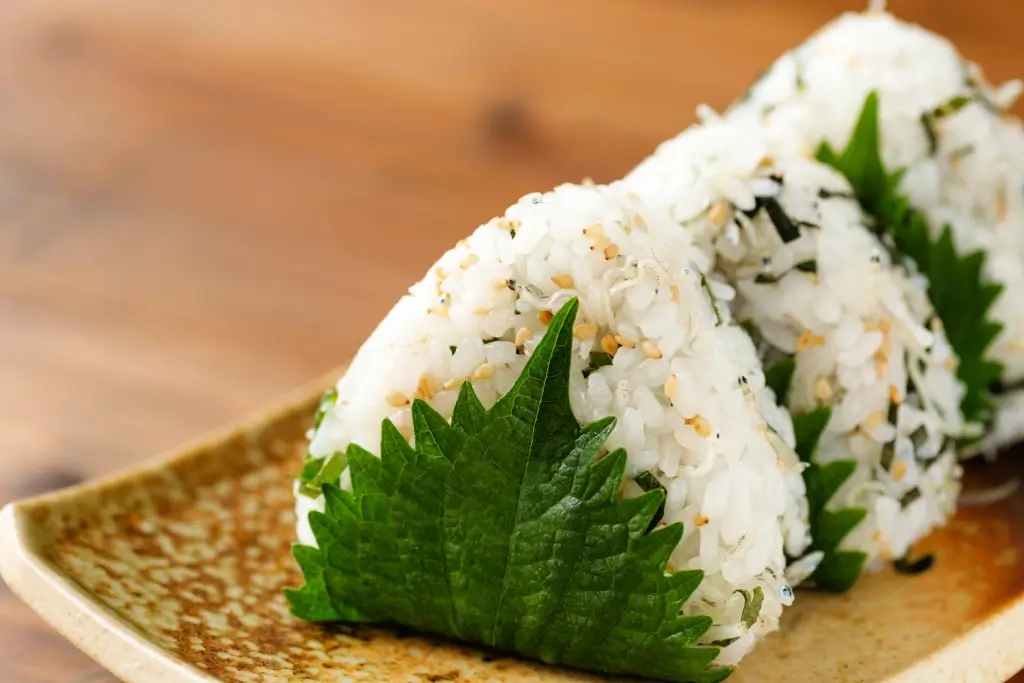
Onigiri, or rice balls, can contain many types of filling. But a small amount of ume paste placed in the center is a classic choice. People sometimes add a shiso leaf and wrap the ball in nori (seaweed) for extra flavor. Onigiri may be the most popular snack in Japan. It can be found in convenience stores, bento boxes, and homemade lunches across Japan. It is easy to carry, making it the perfect choice for picnics or on-the-go meals.
Umeshiso maki sushi
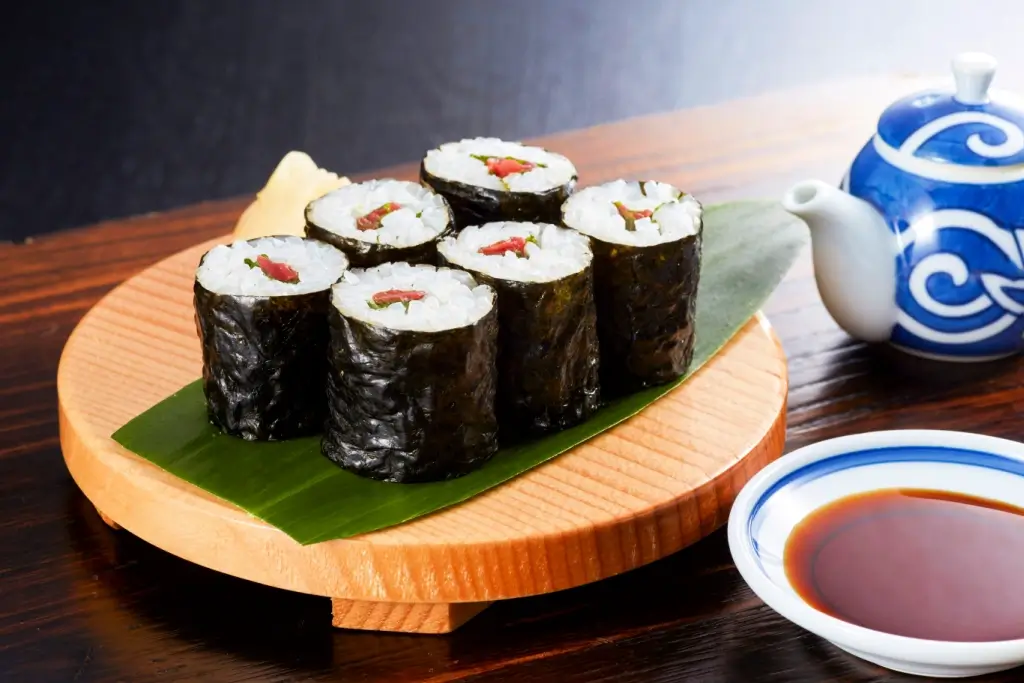
This type of hosomaki (thin sushi roll) also features umeboshi paste and shiso leaves. Chefs prepare the roll by spreading the paste onto a sheet of nori, layering it with perilla leaves, and rolling these ingredients with sushi rice. Some people dip the end in soy sauce before eating. This dish is popular at many sushi restaurants and is appreciated for its palate-cleansing properties between meals. It’s an excellent choice for vegetarians, as many variations do not include meat or fish.
Why should I try perilla leaves and ume shiso?
Try perilla leaves and ume shiso because they produce a distinctive flavor. The two complement each other to create a special flavor that may be the best example of a uniquely “Japanese” taste. This specific mix of flavors is are in other cuisines. They also incorporate traditional preservation methods that have been used for centuries. But, beyond their importance in dishes, these two items are culturally significant in other ways.
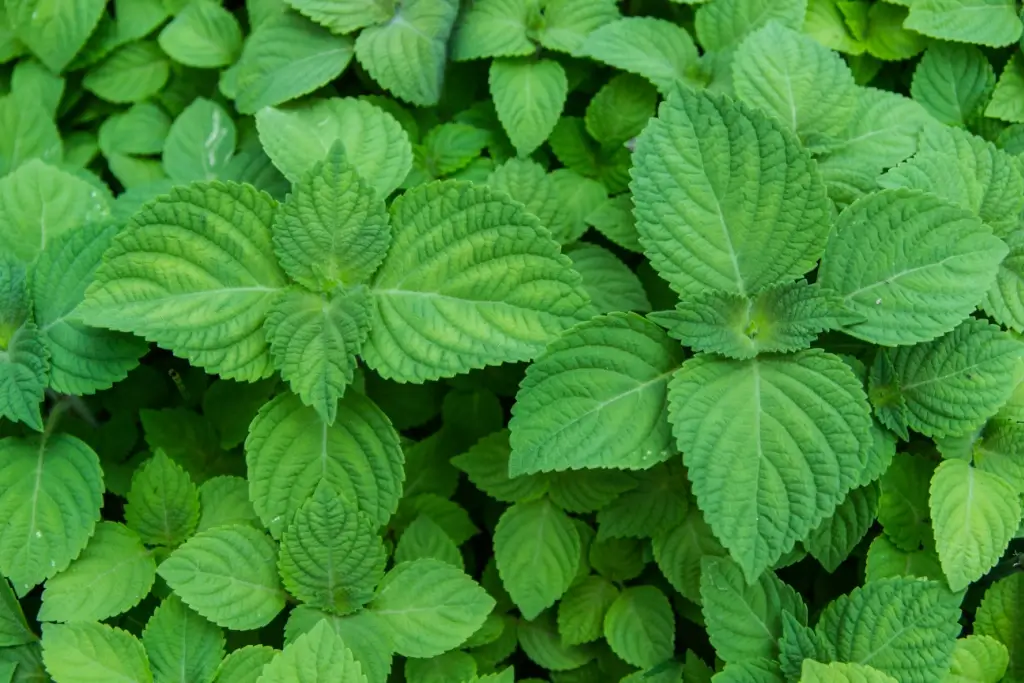
As seasonal ingredients, they play essential roles in many celebrations and festivals. Ume itself is popular in spring at plum festivals. Shiso is almost as important when serving sushi as the fish itself. Its health benefits have been known since the herb arrived in the archipelago hundreds of years ago. These two ingredients represent an unbroken connection to Japan’s past. Their relationship with each other embodies the essence of Japanese cuisine.
Readers are always welcome to share their experiences and opinions! What’s your favorite food that includes perilla and ume shiso? Do you know of a special dish that is unique to an area? Leave a comment below!


